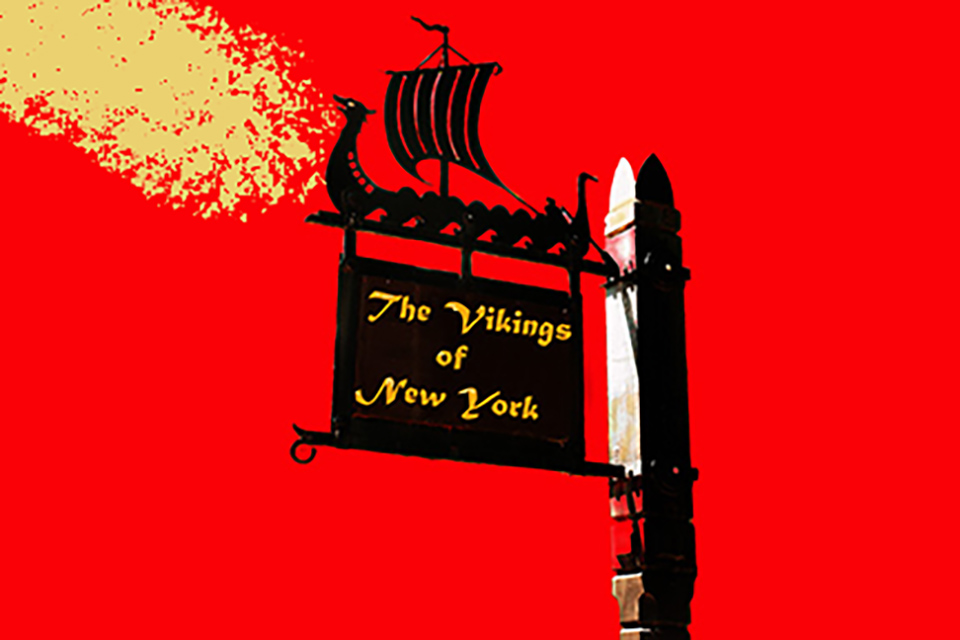
Twelve part series “The Rise of the Postsecular City” provided the first ever statistical overview of evangelical church planting in Manhattan
From W. Scott Lamb, The Washington Times —
I took a sabbatical of sorts during August to finish a book I’m co-authoring about “The Faith of Donald J. Trump,” with my friend David Brody, the chief political analyst for the Christian Broadcasting Network.
When you research and pen 100,000 words for a 60-80,000 word book, there is plenty of fascinating material that gets cut in the editing phases. Data, anecdotes, interview quotes — various items that you dig up in your research that isn’t central to the theme. And often, this data really blows you away.
Here’s one such item.
In contrast to the idea that New York City — and Manhattan in particular — is a monolithic morass of secularism and mothballing Mainline edifices, did you know that seven out of ten evangelical congregations in Manhattan were started since 1950? And four out of ten were started in the decade after 9/11?
I am not at all stating a fact of causation when I say this, but since Donald Trump landed the Commodore Hotel project in 1978 — his first major action in Manhattan —about 120 of the roughly 200 evangelical churches in Manhattan have begun. [ed. note: 197 evangelical churches in 2010]
Again, to be clear, I am not stating a causative relationship between these two facts. But the point is that during the same period of time that Donald Trump altered the architecture in Manhattan, evangelicals have been altering the spiritual landscape.
Times Square Church, Tim Keller’s Redeemer Presbyterian and Hillsong NYC may be three of the better-known congregations, but that’s just the top of a deep pile.
If you want to learn more about this evangelical renaissance in Manhattan, the first place to go is the incredible website, A Journey Through NYC Religions. And in particular, read their 12-part series “The Making of the Post-Secular City” —beginning with the first part: “The Manhattan Evangelicals.”
Editor Tony Carnes finished the series with these words:
In sum no other city’s ups and downs become part of the world’s consciousness quite like New York’s.
Today, postsecular New York City is in a similar icon busting and making stage. It is busting the image of the city as Sodom and Gomorrah and the Secular City. It is becoming the place where faith has an accepted public role in the fate of the city. Whether the faith leaders have the vision, courage, and can muster the resources to rise to the occasion is uncertain. Maybe, New York City will be like Paris, Frankfurt, Amsterdam and London where the predominate faith presence is now taken by foreigners like African and Latin American and Asian evangelicals and South Asian, Middle Eastern and African Muslims.
However, in New York City, unlike Europe, this transition to outsiders’ religious leadership will hardly be noticed as unusual because it has been normal here for a long time. Truly, the city speaks a vernacular gospel that is also cosmopolitan in its impact.
Whatever happens, a fundamental change in the role of faith in New York City will affect the mindspace of the world.
And if you want to go back even further to the roots of New York City as an Evangelical epicenter, there’s Evangelical Gotham: Religion and the Making of New York City, 1783-1860. It is an academic work and isn’t cheap, but Kyle B. Roberts is a lively writer and the book is definitely worth your investment.
Roberts granted us an interview for our book and, though the material in Evangelical Gotham falls several generations before the earliest Trump came to the city, Roberts still was able to unload a treasure of facts and avenues for further study, to get the religious background of the city itself.
If we ever hope to come together more as a nation — spiritually, politically, culturally — then hearing more about the past and present of the religious communities that shape our nation is a good place to start.
[constantcontactapi formid=”2″]

Get More with Our Newsletter!
The latest news and event invitations from our team.












clever work and reporting!